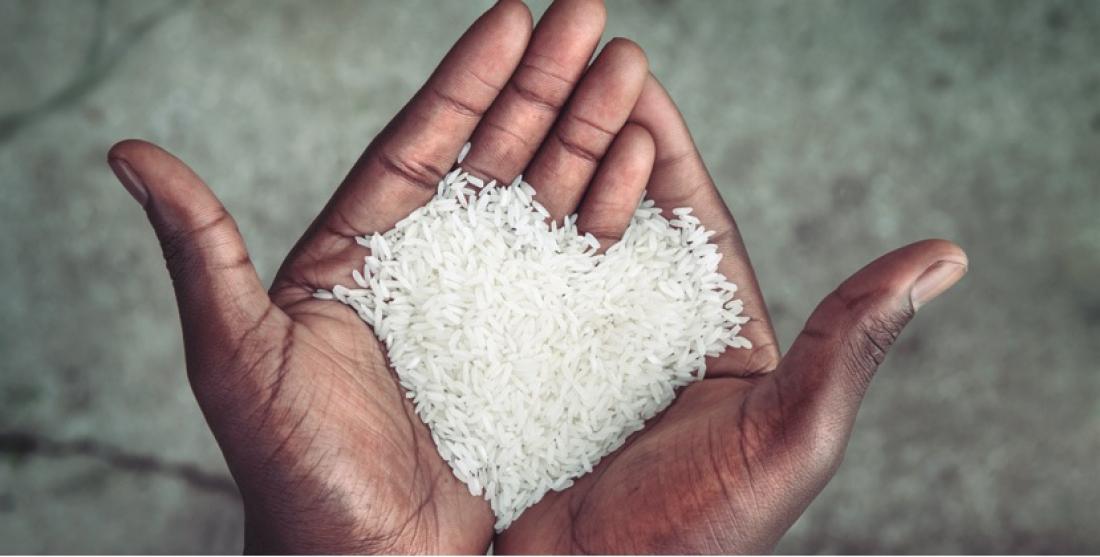Countries around the world have made numerous commitments to tackle malnutrition through many international agreements. These commitments could remain in the realm of words if governments and organisations are not held accountable for implementing them. International development programme manager Tara Shyam says ASEAN is in a good position to be the first regional grouping in the world to use a tri-sector accountability-building approach to address malnutrition.
Why it’s important
According to the World Health Organisation (WHO), 45% of deaths in children under five years of age are linked to undernutrition. 52 million children under five are wasted (low weight for height), 17 million are severely wasted and 155 million are stunted (low height for age), while 41 million are overweight or obese. The prevalence of stunting (17.9 million) and wasting (5.4 million) in children under five remains unacceptably high in many ASEAN member states, according to a 2016 report.
The 2016 Global Nutrition Report estimates that malnutrition could be causing gross domestic product losses as high as 11% in Africa and Asia. This could change, according to the earlier 2014 Global Nutrition Report. For every unit of currency a country invests in malnutrition, the report estimates 16 will be returned.
“Countries around the world have pledged to address malnutrition through treaties such as the Global Nutrition for Growth Compact, the WHO Global Targets 2025 and the United Nations’ Sustainable Development Goals. But some of these commitments lack the necessary measures and indicators to hold countries and organisations accountable,” says Tara. “This reduces their likelihood of having a positive impact.”
Also, the responsibility for addressing nutrition tends to be scattered among many government institutions, civil society organisations, and businesses.
“An ASEAN multi-sector partnership will provide opportunities for knowledge sharing and engagement”, Tara says. “It will encourage partners to be accountable to each other and to their countries’ citizens for their pledges to combat malnutrition.”
The partners’ aim will be to reconstruct their general commitments toward combating malnutrition into ones that are specific, measurable, achievable, relevant and timebound. These reconstructed commitments will be made publicly available to ensure accountability. Civil-society-led campaigns will inspire a more aware and involved public. As the issue gets more visibility, more partners will get involved, galvanising ASEAN country efforts toward eradicating malnutrition. The partnership can then serve as an adoptable model for other regions.
“Tackling malnutrition is not a problem - or opportunity - for governments alone,” Tara says. “There are benefits to be reaped by civil society and the private sector from improved nutrition. A tri-sector approach identifies where common interests lie and leverages the strengths of each sector to potentially achieve greater gains.”
The process
Tara envisages a partnership that includes government ministries with nutrition-related remits, such as ministries of health, agriculture and trade, in addition to involving the ASEAN secretariat. Food industry associations, the ASEAN business forum and food manufacturing and retail companies would serve on the business side of the partnership. From civil society, local nutrition associations and locally and regionally based international organisations involved in tackling malnutrition would join.
Most importantly, this large number of partners will need to develop a common vision and a shared ownership of the initiative. Tara believes that a strategy-building approach known as scenario planning is best suited for this purpose.
Scenario planning was originally used by the U.S. military during the Cold War with Russia. It involves developing and then investigating possible future scenarios that an organisation might find itself in. This process is considered fundamental for developing strategic foresight that can guide today’s policies.
The overall aim of the exercise for the ASEAN multi-sector partnership will be to plot possible futures for malnutrition in the region. The process will also help identify the partners’ various perspectives and assumptions about nutrition, and enhance their sense of ownership of the shared future they have jointly charted.
As part of the exercise, the partners will define the driving forces that might affect nutrition in the region. They will also need to identify potential ‘wild cards’: game changers that are unlikely to happen, but that could have a large impact if they did. A real-life example of such an unlikely game changer was Brazil’s political instability prior to launching the 2016 Rio Olympics.
The Nutrition for Growth (N4G) organisers had planned on hosting their second quadrennial summit alongside the games to galvanise commitment-making toward tackling malnutrition. The event was postponed given the political situation. “Had those driving the N4G movement identified a wild card situation in which the 2016 N4G summit would not be feasible when drawing up their plans in 2012, they would have worked to place less emphasis on the Rio summit and diversify opportunities for new global commitments to be made,” says Tara. Nutrition stakeholders eventually worked together to organise a new ‘commitment moment’ at the Global Nutrition Summit in Milan in November 2017.
The scenario planning process will help the ASEAN partners devise strategies and plans for a variety of developments that could occur as the initiative progresses. “I think a meaningful cross-sector partnership that has the right leadership, members, motivations and structure can really make a lasting positive difference to an issue,” says Tara. “This initiative, which needs to be aligned with global processes, could lead to greater accountability, awareness and action in reducing malnutrition in ASEAN.”
* The views stated in this article are purely those of Tara Shyam, and do not necessarily represent the views of organisations or projects she is connected with.



